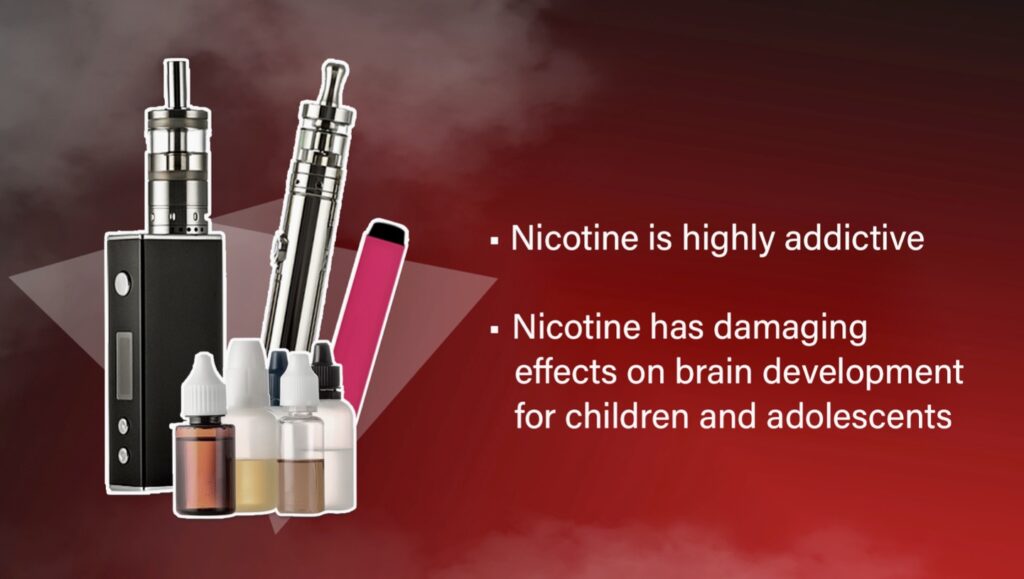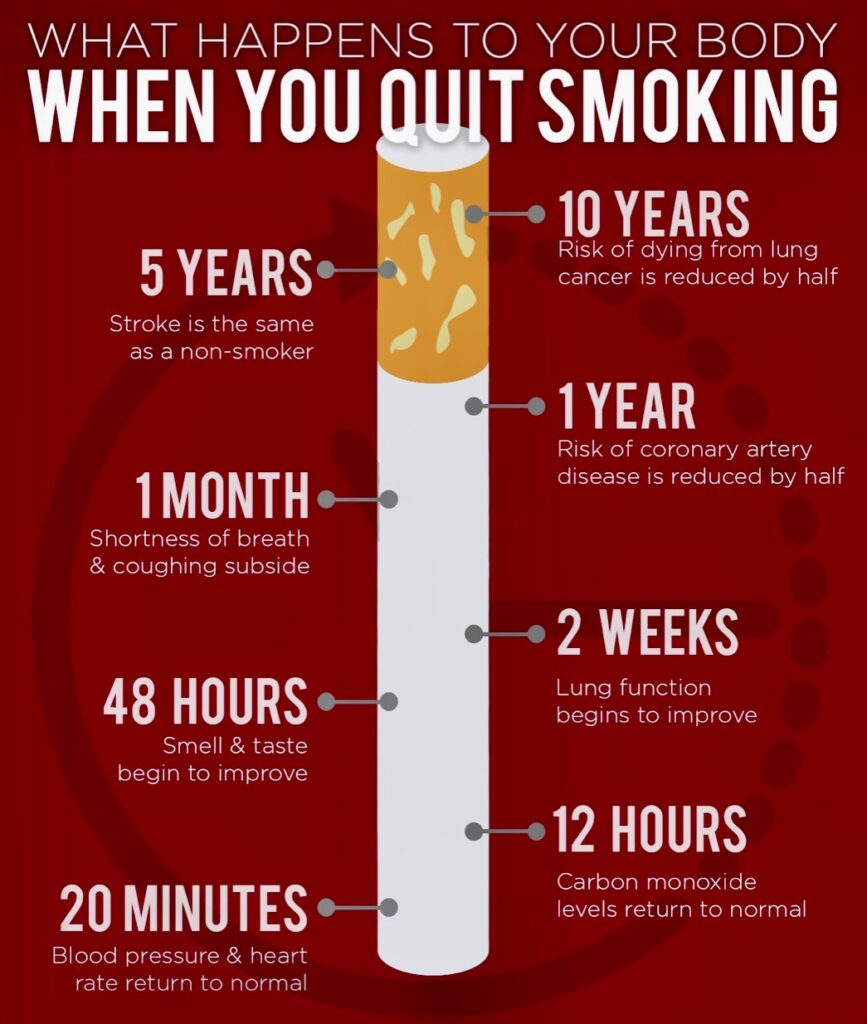By Henrylito D. Tacio
Every June, the country observes the National No-Smoking Month, as per Presidential Proclamation No. 183, s. 1993. The objective is to raise public awareness on the ill effects of smoking, as well as to encourage smokers to give up the habit.
The Department of Health, which leads the observance, encourages smokers to kick the habit “the sooner, the better.” It also stresses that “it is never too late and no one is ever too old.”
Last year, the Lung Center of the Philippines (LCP) reported that the country has a daily average of 321 deaths due to tobacco-related diseases.
“Every day, 321 Filipinos die because tobacco companies continue to sell and market their addictive and deadly products,” Dr. Glynna Ong-Cabrera, LCP Smoking Cessation Program manager, was quoted as saying.
Grim reaper
“Each year, smoking-related illnesses cause the most deaths in the Philippines,” said Dr. Willie T. Ong, an internist/cardiologist, book author, and newspaper columnist. “What is worse is that smokers actually hurt the non-smokers around them by letting them inhale its toxic fumes.”
A study done by the Food and Nutrition Research Institute of the Department of Science and Technology showed that 47% of Filipino males and 16% of females are smokers, one of the highest worldwide. Moreover, 33% of Filipino minors are already smoking by age fourteen.
“Smokers are people who are hard to convince,” said Dr. Willie T. Ong, an internist/cardiologist, book author, and newspaper columnist. He added that there are over 70,000 scientific articles to prove that smoking damages a person’s heart, lungs, esophagus, stomach, bowels, prostate, and predisposes a person to all kinds of cancers.
“It’s been proven beyond any doubt,” Dr. Ong said.
Tobacco origin
Tobacco is a product of the fresh leaves of nicotiana plants. It is used as an aid in spiritual ceremonies and a recreational drug. It originated in the Americas, but was introduced to Europe by Jean Nicot, the French ambassador to Portugal in 1559. It quickly became popular and is an important trade crop in major parts of the world.
“A cigarette is the only consumer product which, when used as desired, kills its consumer,” commented Dr. Gro Harlem Brundtland, former director-general of the World Health Organization (WHO).
According to the Global Burden of Disease – a major study on the causes and risk factors for death and disease published in the medical journal The Lancet – more than 8 million people died prematurely as a result of smoking in 2017.
At least 15% of global deaths are attributed to smoking, the global study found out. In some countries, it’s more than 1-in-5 deaths. Smoking deaths typically affect older populations; more than half of deaths occurred in people over 70 years old; 93% were over 50 years.
History records showed tobacco being introduced in the Philippines in the late 16th century during the era of Spanish colonization when the Augustinians brought cigar tobacco seeds to the colony for cultivation. In 1686, William Dampier visited Mindanao and observed that smoking was already a widespread custom.
Consequences
If you smoke, there’s no way you can escape from its consequences. “Tobacco is a known or probable cause of some 25 different diseases,” the World Health Organization (WHO) reminds.
Among the major diseases tobacco brings to people who smoke are lung cancer, bronchitis and emphysema. Tobacco consumption has been explicitly linked to high incidence and gravity of cardiac disease.
The reason why cigarettes harm nearly every organ of the body is due to the toxins it contains. The United Nations health agency says there are some 4,000 known chemicals in tobacco smoke
“When burned, cigarettes create more than 7,000 chemicals,” the American Lung Association states. “At least 69 of these chemicals are known to cause cancer, and many are toxic. Many of these chemicals are also found in consumer products but these products have warning labels. (But) there is no such warning for the toxins in tobacco smoke.”
Among the chemicals found in tobacco smoke and where these are also found: acetone (found in nail polish remover), acetic acid (an ingredient in hair dye), ammonia (a common household cleaner), arsenic (used in rat poison), benzene (found in rubber cement and gasoline), butane (used in lighter fluid), and cadmium (active component in battery acid).
Here are more chemicals: carbon monoxide (released in car exhaust fumes), formaldehyde (embalming fluid), lead (used in batteries), naphthalene (an ingredient in mothballs), methanol (a main component in rocket fuel), nicotine (used as an insecticide), tar (material for paving roads), and toluene (used to manufacture paint).
“Smoking causes addiction to nicotine, a stimulant drug that is in tobacco,” says the website medlineplus.gov. “Nicotine addiction makes it much harder for people to quit smoking.”
Quitting
That’s why if you haven’t started smoking, don’t do it! If you do, quit the habit before it’s too late. “Quitting smoking can reduce your risk of health problems,” medlineplus.gov says. “The earlier you quit, the greater the benefit.”
“Some people can quit smoking just like that and suffer no side effects,” wrote Dr. Willie T. Ong, author of several books on health. “However, for others, it can be a difficult process.”
Dr. Ong cited three factors responsible for the difficulty in quitting. “Knowing these factors will help you prepare yourself for the quitting process,” he said.
The factors were: (1) the number of cigarettes being smoked each day, (2) the people who smoke around the person who wants to quit, and (3) the real reason why the person smokes. “It could be due to peer pressure or for weight control,” Dr. Ong said of the latter.
“If you really want to quit smoking, you must identify the situations that trigger you to smoke, and do your best to avoid them,” Dr. Ong suggested. – ###


(Infographics courtesy of WHO and Cardiovascular Institute of the South)
Sources:
https://www.pna.gov.ph/articles/1175577
https://www.officialgazette.gov.ph/2011/06/02/no-smoking-month/
https://www.who.int/news-room/fact-sheets/detail/tobacco
https://www.cardio.com/blog/what-happens-to-your-body-when-you-quit-smoking-infographic








